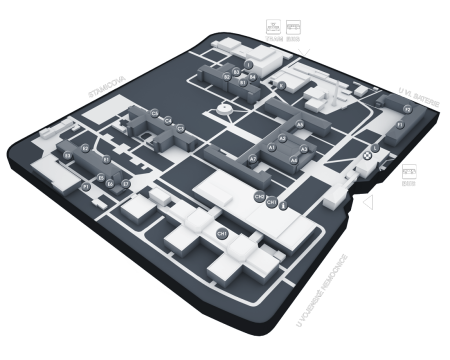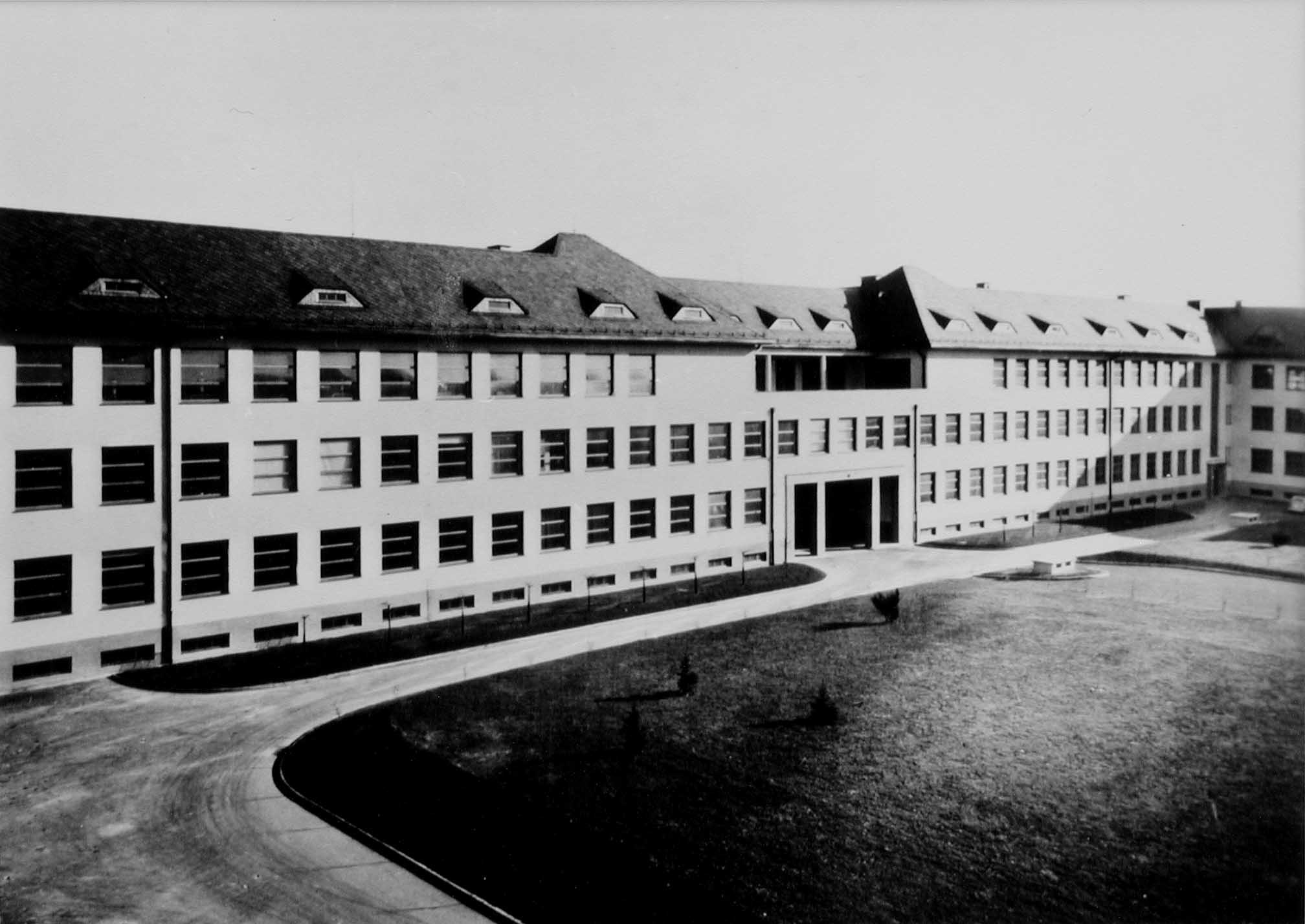 The milestone in the development of military medical services was the date of 28th October, 1918, on the birth of Czechoslovakia as an independent country.
The milestone in the development of military medical services was the date of 28th October, 1918, on the birth of Czechoslovakia as an independent country.
The peacetime military medical services in then the so called First Republic consisted of a network of 12 divisional hospitals. The Divisional Hospital No. 1 was located at the Charles Square in Prague and it has become the major military medical institute of the country at that time.
In 1925, on the occasion of the 75th birthday of President Tomas Garigue Masaryk, the parliament decided to build a new military hospital. Observing the Act No. 68/1925 Coll., the Masaryk Military Hospital was established by merging the General Hospital in Prague and the Military Hospital in Prague 2.
But the construction of new premises of the Masaryk Military Hospital began after more than ten years. The most satisfying project designed by Architect B. Adamek from Dejvice district of Prague in 1930 fulfilled both roles of a modern medical and military center with real mobilization functions.
History of the Hospital Construction
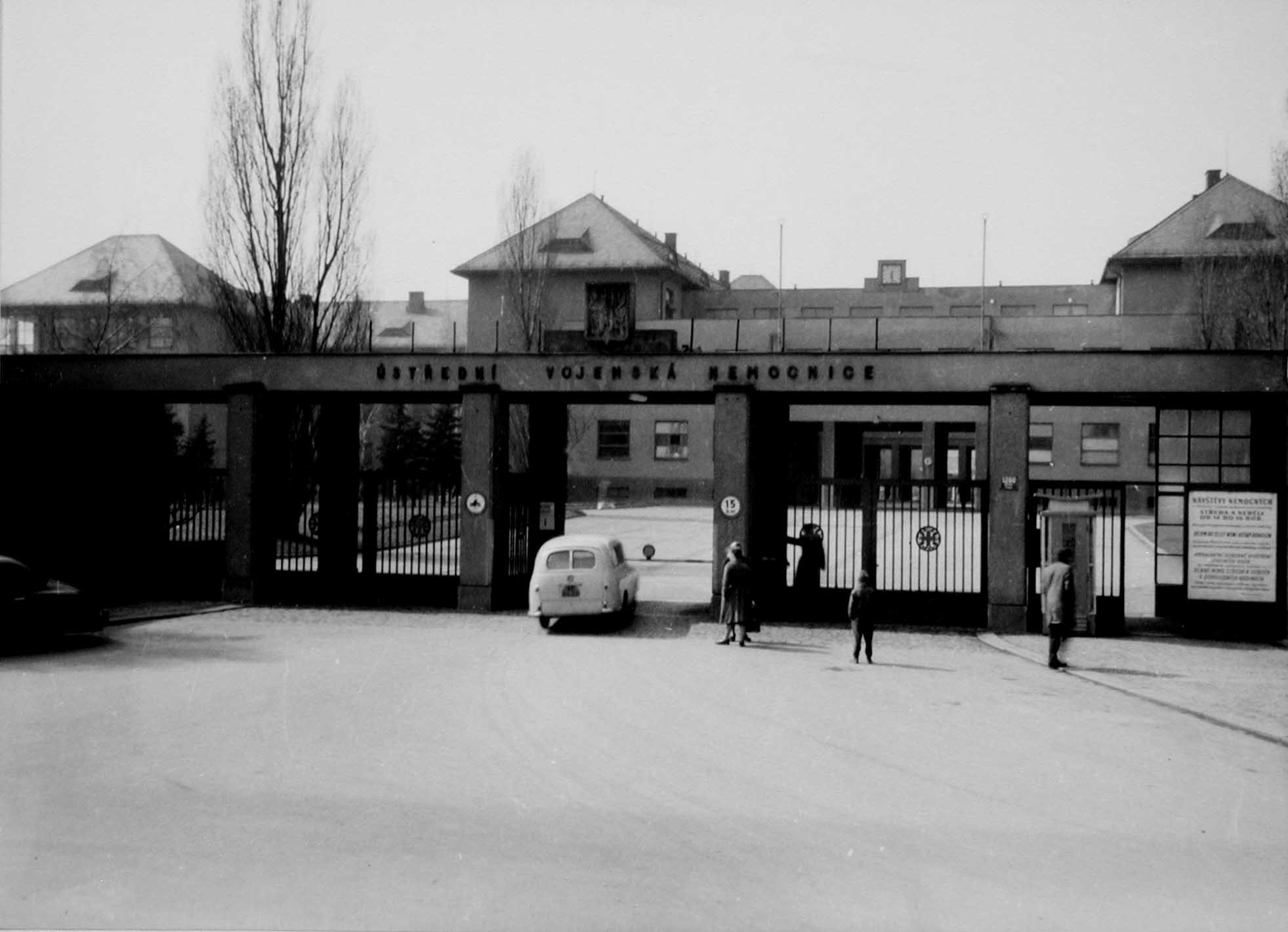 The construction began in March 1936 and the first phase was finished in 1938. The main hospital building including surgical and internal clinics, boiler house and houses for military mercenaries were built. The total cost of the first phase was Czech Crowns (CZK) 33,240,000 (the direct building works cost CZK 11,2 million). The Masaryk Military Hospital was officially opened on the 1st August 1938 while the first patients were served a month later.
The construction began in March 1936 and the first phase was finished in 1938. The main hospital building including surgical and internal clinics, boiler house and houses for military mercenaries were built. The total cost of the first phase was Czech Crowns (CZK) 33,240,000 (the direct building works cost CZK 11,2 million). The Masaryk Military Hospital was officially opened on the 1st August 1938 while the first patients were served a month later.
The second phase of the constructions should immediately follow. It should include buildings of psychiatry and neurological departments, construction of a building with dissecting-room as well as the dormitory for the assisting medical platoon.
The third phase should consist of a department of infection, places for ophthalmology, ENT, cutaneous surgery, veneral and lung diseases. The complete hospital was supposed to have 235 beds but the capacity could be increased to 1766 or up to 2090 beds in an emergency situation.
Wartime Years
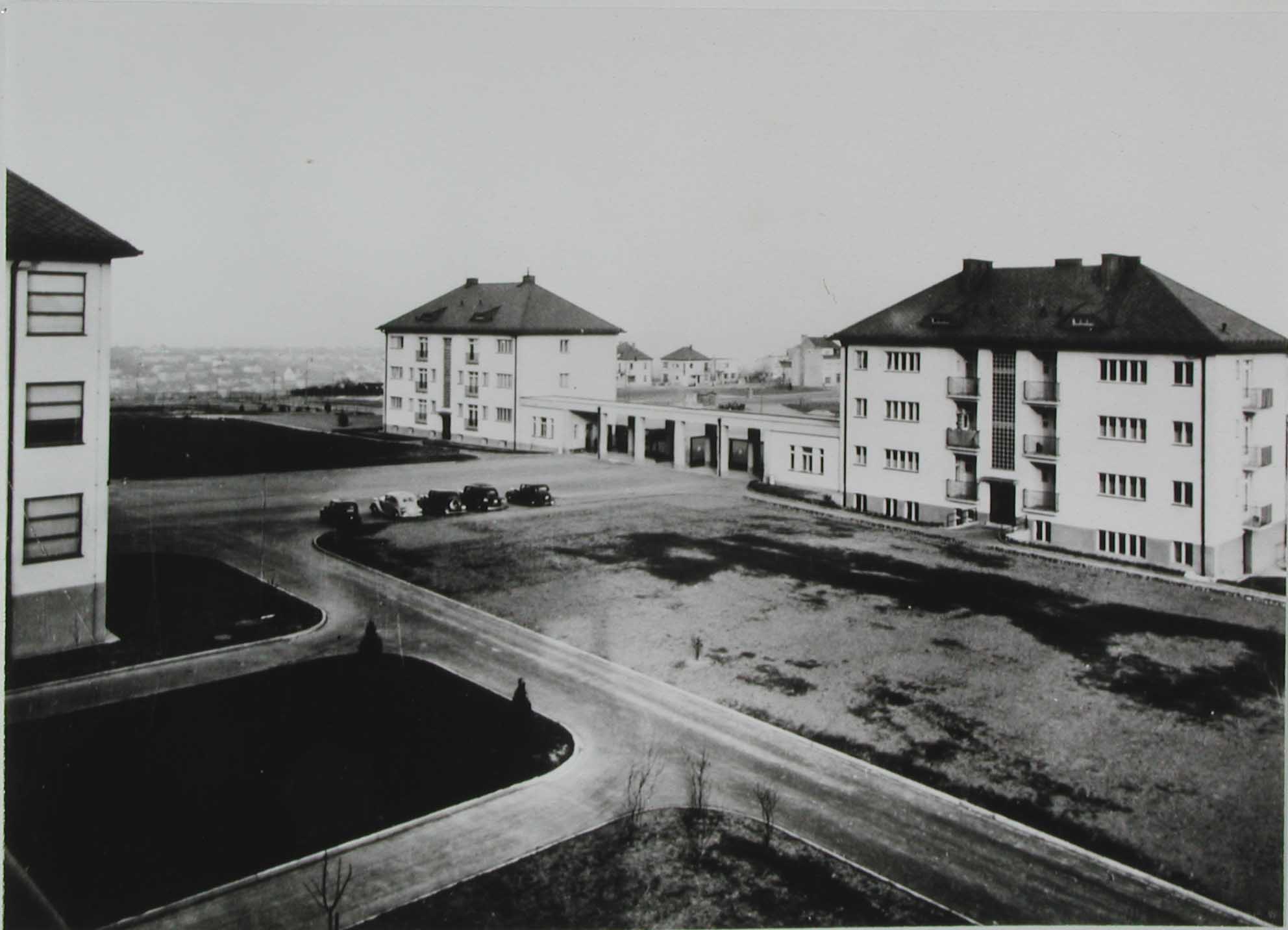 However, the planned construction was interrupted by the 2nd World War and the hospital was occupied by the German army which used it as a backup hospital (Reserve Lazaret I, Prag). The capacity was increased to 2000 beds by erecting nine wooden buildings. At that time, the hospital was specialized mainly in urological diseases and facial reconstructive surgery.
However, the planned construction was interrupted by the 2nd World War and the hospital was occupied by the German army which used it as a backup hospital (Reserve Lazaret I, Prag). The capacity was increased to 2000 beds by erecting nine wooden buildings. At that time, the hospital was specialized mainly in urological diseases and facial reconstructive surgery.
A change occurred at the very end of the 2nd World War when on the 8th April 1945 the hospital was first occupied by rebel forces of Prague and then taken over by its pre-war commander Colonel MD. Herman Vanis and several staff officers. From them, the hospital was taken by the Soviet Red Army which operated it until the 10th August 1945 when its medical service personnel left the premises. After that the hospital was gradually returned to its pre-war position.
Post-War History
The hospital has also taken over the role of a training and educational center. Its buildings were used for needs of the School of Pharmacy and Health Officers as well as for a restoration of the Military Medical School. In the next few years, an additional two-year educational program began in the hospital for nurses who came with units of the 1st Czechoslovak Army Corps from the Soviet Union.
The changed political situation after 1948 affected the hospital. In 1950, a fundamental change in organizational structure of the military brought a direct control by the Czechoslovak People's Army and the hospital was renamed to the Central Military Hospital in 1951. Since then, the hospital was believed to be the best organized and well equipped health care facility throughout the former Czechoslovak People's Army which was, in case of need, used also by nation-wide medical services.
The first half of the 1950s was characterized by frequent organizational changes in health services. Since 1951, the Central Military Hospital took the role of a postgraduate training center for new military doctors who graduated from the Military Medical Academy in Hradec Kralove. In the same year, the construction of the CMH was finally completed and also the Nurses' Home and the Infant School began to operate.
In 1955, the Scientific Council was established and the CMH has held a prominent position in the scientific field since.
In the second half of the 1950s, besides other departments, the Department of Neurosurgery was put into operation in 1959.
The Central Military Hospital has developed its professional medical activities and applied numerous new medical procedures including clinical validation. Medical research has developed new therapeutic instruments and devices as well as new types of bandage and first aid kits etc.
In the 1960s, the Hospital was more involved in exchange of medical knowledge at world forums.
The Totalitarian Time
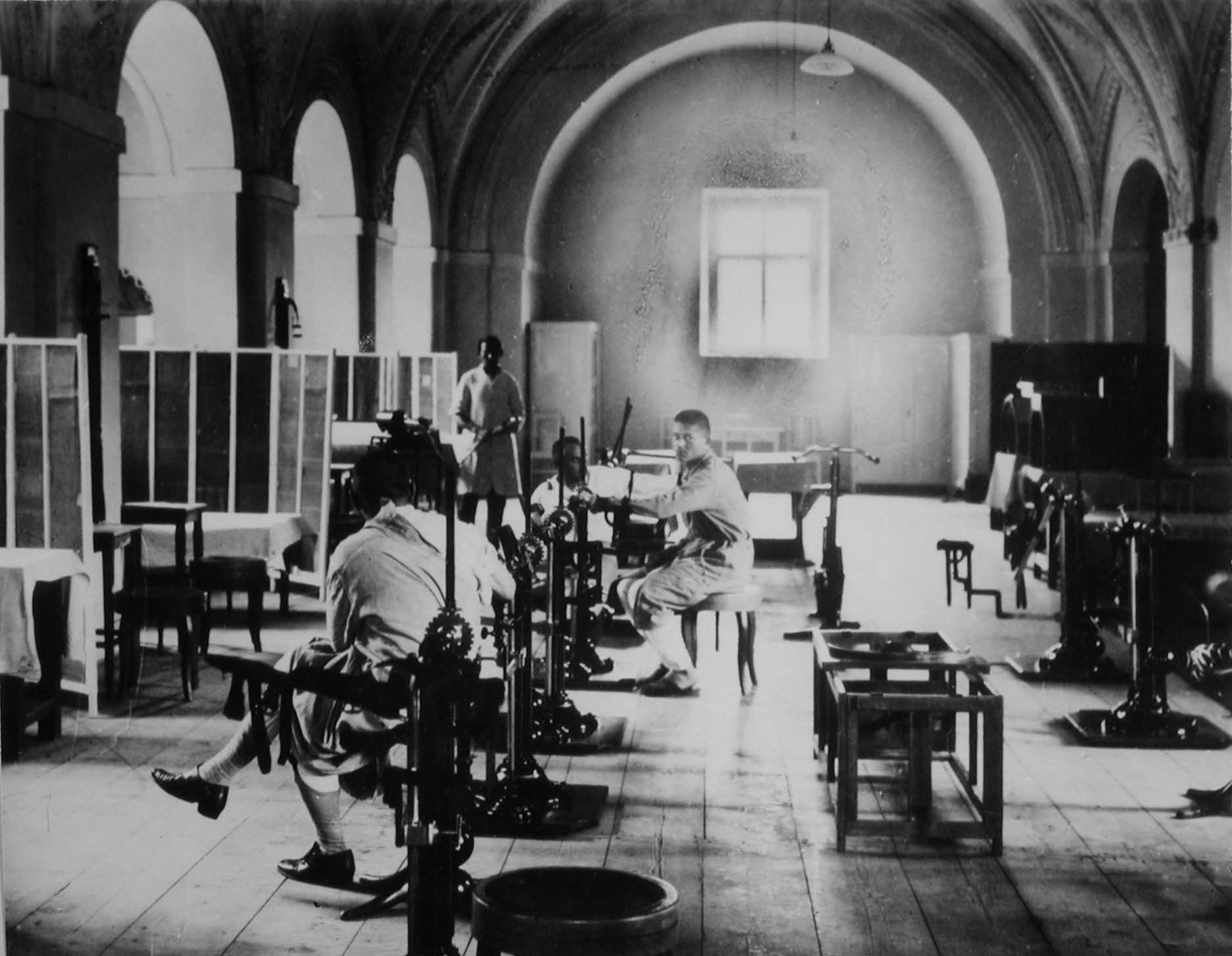 The CMH was affected by occupation of Czechoslovakia by the Soviet Army in 1968. The sad consequence of this was that the Hospital was forced to fire some of its employees or to limit career growth for others. Also international isolation influenced the scale and specialization of scientific research and professional activities. Nevertheless, the Hospital has fulfilled the role of a respected professional medical facility. A level of high professionalism and specialization was also proven during that era as well as after the November Velvet Revolution in 1989.
The CMH was affected by occupation of Czechoslovakia by the Soviet Army in 1968. The sad consequence of this was that the Hospital was forced to fire some of its employees or to limit career growth for others. Also international isolation influenced the scale and specialization of scientific research and professional activities. Nevertheless, the Hospital has fulfilled the role of a respected professional medical facility. A level of high professionalism and specialization was also proven during that era as well as after the November Velvet Revolution in 1989.
